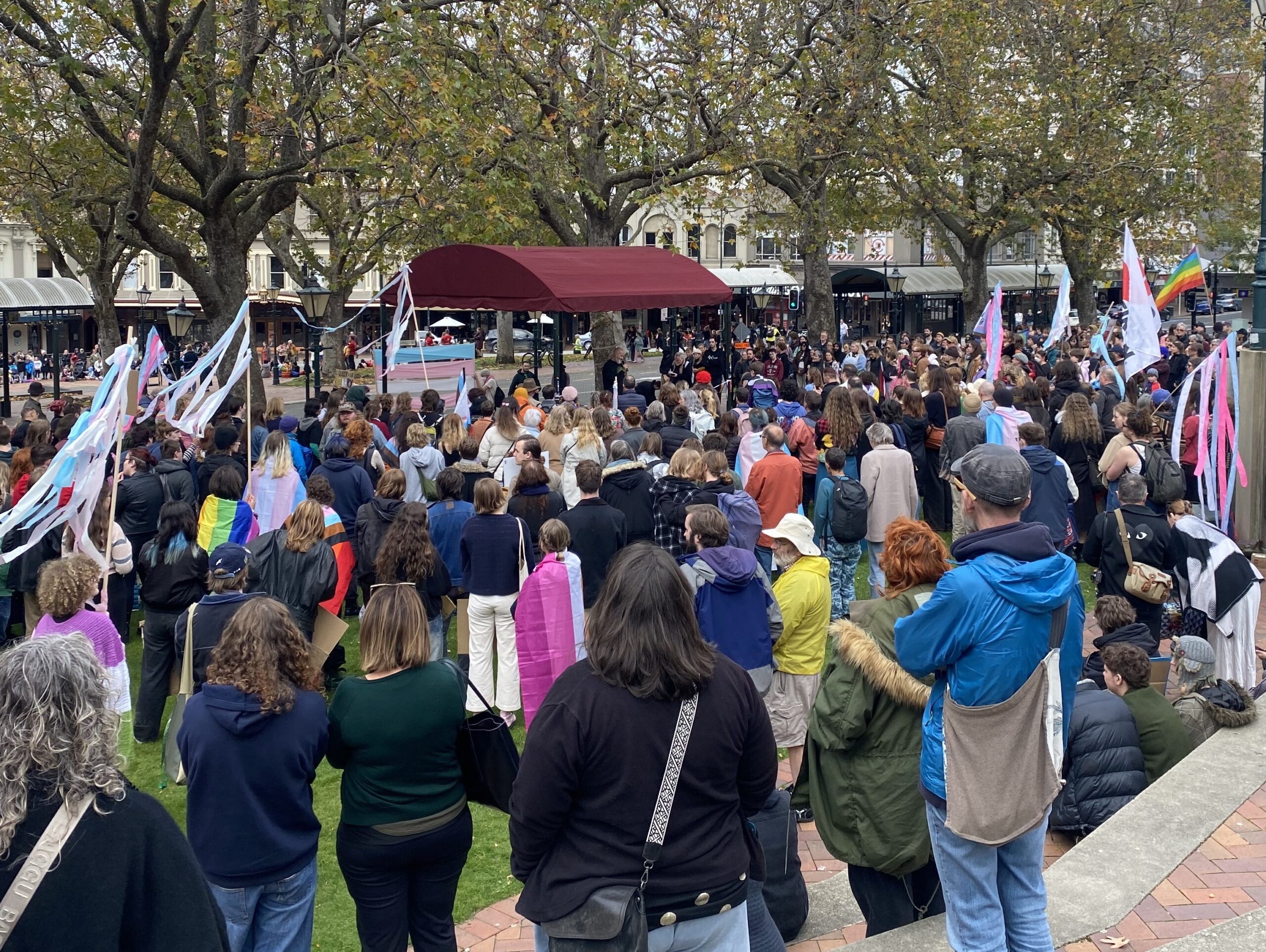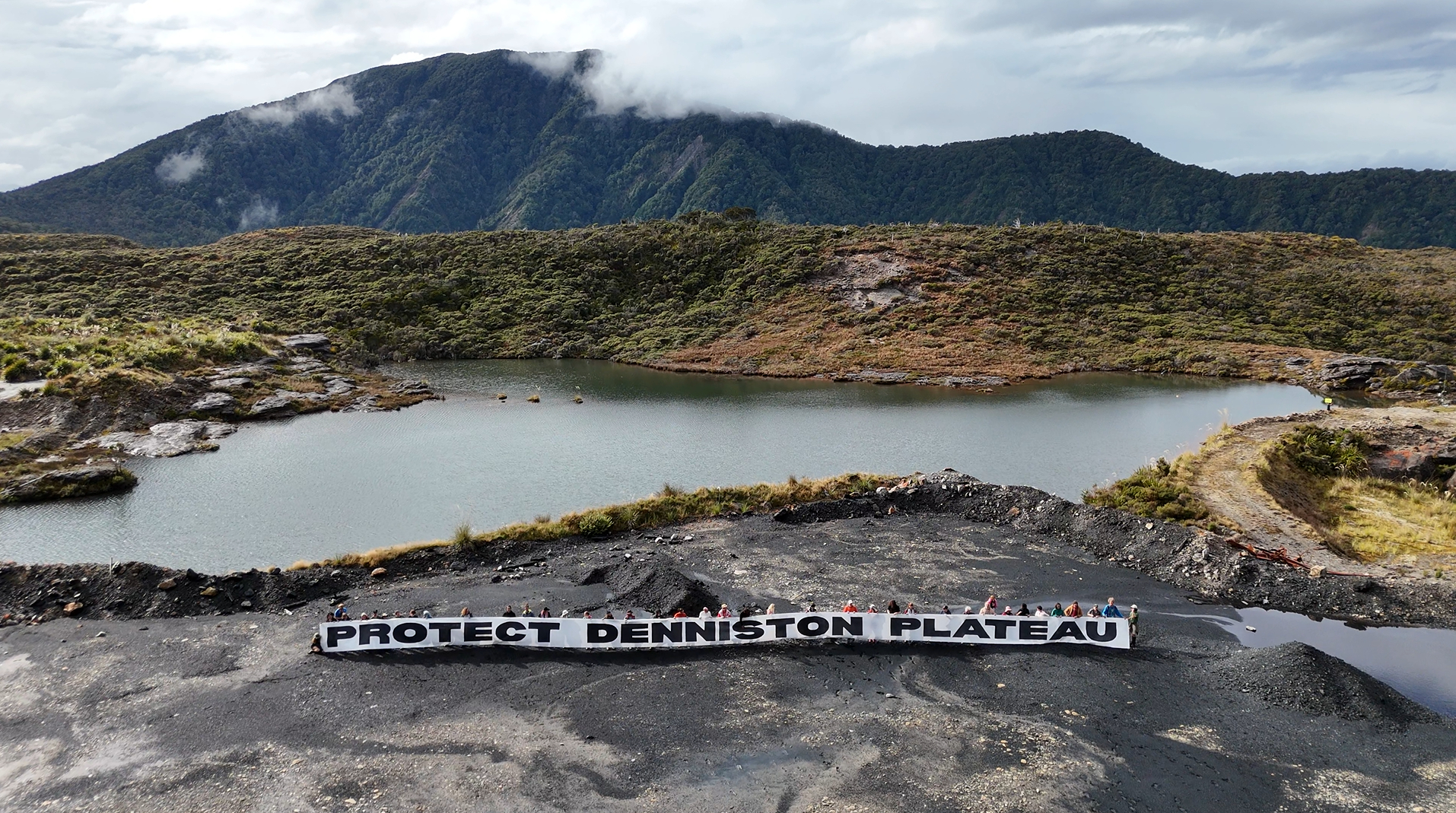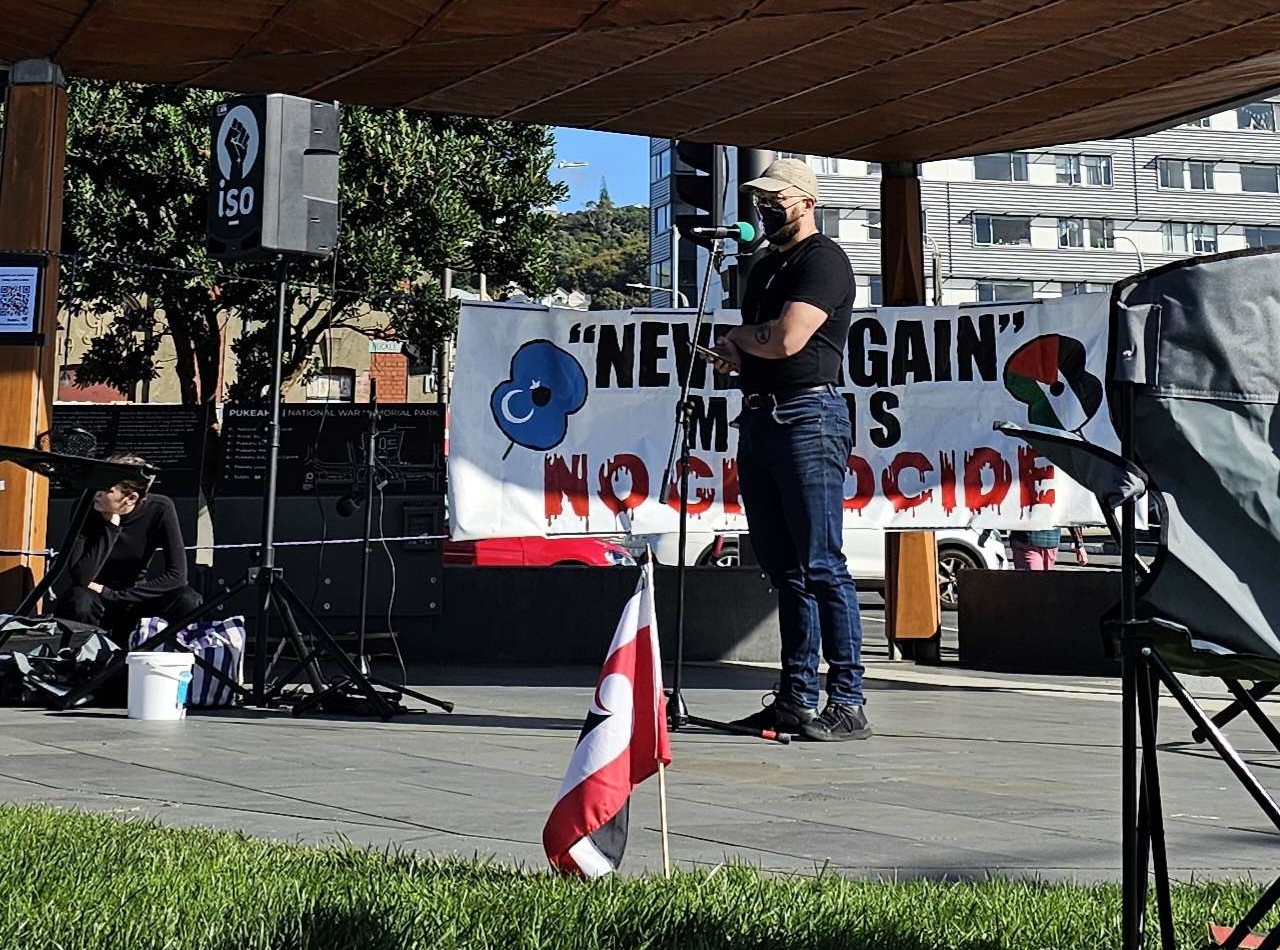A few days ago the Labour party announced a new policy of increasing police numbers by 1000. I groaned at this news but it didn’t really surprise me. Then yesterday I heard of the new Greens policy on immigration, with James Shaw calling for a drastic reduction in numbers. Is New Zealand First calling the shots here, aided and encouraged by a compliant and uncritical media happy to jump on the anti-immigrant bandwagon? The Greens and Labour will almost certainly need the support of NZF to form a government next year, and Winston really just hates those hippy-dippy lentil munching do gooders. James Shaw knows this, yet needs to send a very clear signal to Peters that the Greens are willing to compromise. Immigration is a hot topic, and Shaw can easily frame the issue in terms of “sustainablitity” and “infrastructure”. No need for racist dog-whistles or Chinese sounding surnames, this is Sensible and Practical Greens policy, easily digested by sensitive liberals turned off by the crude nationalistic appeals of NZF.
“We think that the country needs a more sustainable immigration policy, so what we’d do is set a variable approvals target based on a percentage of the overall population. That would be at about 1 percent of the population, which is historically how fast New Zealand’s population has grown.”
Mr Shaw says the policy would even out peaks and troughs in annual migration numbers.
“You’ve also got to cater for changes in infrastructure, and because our population has historically grown at about 1 percent the country is set up to absorb that,” he says.
“Suddenly double that number, and you’ve got a problem like we’ve got at the moment, where you actually can’t meet the demand.”
Hmmmm. Sounds sensible enough. It’s not that we are racist or anything mean and horrible like that, it is just that we have looked at it very carefully and the numbers just don’t add up. One percent is all that the infrastructure can handle – just look at the housing crisis for proof, even if we wanted to we just couldn’t build enough new houses that fast. The government isn’t switched on like we are, they are letting in huge numbers and now people are sleeping in their cars! Etc, etc.
Curious about this one percent growth claim, I searched for the population data on Statistics New Zealand and came up with the above graph.
It is sort of true that the New Zealand population has grown at around 1% per year, as you can see for the period from the 1990s up to 2015, the line fluctuates above and below 1%. If you were a statistician paid by Winston Peters you could cut the time period to 1980 and onwards, and very easily draw a steadily increasing trendline through the periodic peaks and troughs. Look! The line is going up, we don’t have enough houses! The line must be flat, we must flatten the line! One percent is an absolute maximum!
The really strange and scary thing is to consider just how New Zealand survived throughout those extreme and rabbit-warren like years after the second world war. Those baby boomers were just popping them out without any consideration for New Zealand’s fragile infrastructure, pushing 3% for a couple of years and then a period of about 20 years with that line well in the red zone (and it was so sudden! How did they cope?). Then there was that period in the late 60s and early 70s when the line went into the 2% Danger Zone for about 3 years. Those damn hippies, what were they thinking?
Cheering for the Greens new anti-immigrant stance, Martyn Bradbury from the Daily Blog conjures conjures up some even more gratuitously false statistics to make the case:
Here is the grim truth about our current immigration settings. It’s not the 70,000-90,000 who become permanent residents that we need to be concerned about and it’s not their families joining them that we need to be worried with either, the real problem is our scam work/study visa scheme that sees 250 000 desperate students coming to NZ for bullshit ‘education’ programs that end up as bonded servitude with exploitative employers who hold onto their passports.
These 250 000 work hard jobs, many on less than minimum wage and pay tens of thousands for education schemes that are glorified english courses all for the promise of becoming permanent residents.
A quarter of a million students paying tens of thousands of dollars to learn English, and getting exploited at the same time by ruthless bosses! And all of them putting massive stress on our infrastructure! They’ll never ever go back to where they came from because their bosses have stolen their passports!! We’ll be doing the country a favour as well as fighting for worker’s rights if we just stop them staying here! A double whammy:
We need to stop exploiting these people and stop promising them permanent residence via education. If they wish to come here for education, fine, that’s their decision, but putting in place the pathway from education or employment to residency is exploitative and creating huge pressures on an infrastructure that can’t take anymore.
When I first read this blog I was struck by the twisted moral “logic” of Bradbury’s anti-immigrant stance. Like James Shaw, he wants to save the ‘infrastructure’ from the hordes of foreigners swamping our fair land. But he wants to present this as simultaneously saving the immigrants from exploitative bosses. If only they knew how exploitative and nasty kiwi bosses were, they would never have come in the first place. (Working conditions in places like India, of course, being obviously superior). I started pondering the strange and only barely coherent motivations for this ‘argument’, then my head started to hurt so I gave up. What then struck me was Bradbury’s figures. Where on earth did he get that figure of 250,000 ‘desperate students’?
He links to another blog by Mike Treen, which states that “250,000 people are granted student or temporary work visas each year.”. There are no sources given for any of these numbers, so I dug around the Statistics New Zealand and MBIE sites for up to date data. Treen’s figure of 250,000 is most likely based on data for the 2014/2015 year, in which 84,856 international students were approved for New Zealand courses, and 170,814 people were granted a work visa.
Let’s start with the temporary work visas. It is difficult to know exactly how many of these people are or were international students. There are several categories of temporary visa, and a set of complex rules and regulations surrounding each category. I didn’t spend enough time on this problem to come up with an exact number, but I did take note of the clearly spelt out fact that the biggest single source country of those gaining temporary work visas was the UK. And the fact that the biggest visa category (61,404 people) was ‘Working Holiday Schemes’ (think backpackers). How many people were granted visas in the ‘Work to Study’ category? Exactly 13,688. There are other categories international students might have applied under, but this is the most obvious candidate.
How about those 84,856 international students? Again I didn’t dig long enough in the data to work out how many of these students worked, or intended to work after studying. Fairly obviously the 18% of them who were under 16 will not be working, which leaves us with 69,582 who might get part time work alongside their studies. There is no denying that for a significant chunk of these international students (and ex-students), exploitative and often illegal work practices are a major problem. But the numbers involved are nowhere near the idiotically false figure of 250,000 which Bradbury confidently puts forward without any reservations.
Are these just careless mistakes made a by blogger who thrives on the hot air of passing controversies, or is there something else going on here? I’m aware that Bradbury operates a blog rather than an academic journal, but the brazen sloppiness regarding statistics is surely a big issue. The internet allows you to check numbers very quickly and easily, so why not back up your statistics with actual sources?
There are definitely some impressive numbers out there which at first glance appear to back up the argument for cutting immigration. According to Statistics New Zealand, surely a source far more credible than Bradbury’s blog or Green Party press releases, Auckland’s population grew by a massive 2.9% in the 2014 – 2015 year. This growth accounted for over half of the population growth for the entire country. Alongside these facts it would not be a difficult task to present a series of familiar and undeniable truths about the problems with Auckland’s infrastructure: the housing crisis, inadequate public transport, congested roads and so on. Shortly after the release of this data in July 2015, there was a Stuff article with the headline “NZ migration boom nears 60,000 a year, as Indians and returning Kiwis flood in”. Like many other similarly hysterical media reports, immigration is presented as a major causal factor of the housing crisis. With almost no attention given in the mainstream media to alternative points of view which question this received wisdom, the truth of the claim ‘immigrants cause housing crisis’ has apparently become established through constant repetition. In this environment, it is possible to make outlandishly false statistical claims about immigration without stirring any controversy.
The most insightful piece I have read about this issue is Peter Nunns’ transport blog article ‘Why is Auckland Growing?’. Nunns points out that net migration is extremely volatile, being dependent on both the numbers of Aucklanders leaving for places such as Australia and the numbers of people coming in from overseas. Much more constant and statistically significant is the natural population increase due to Aucklanders having babies. If we can get past the hysteria of the 2015 figures and look at the past 24 years for a broader and more robust view of the situation, the statistics tell a different story: in 18 of those 24 years, natural increase was a bigger contributor to growth than net migration. The significance of this is that even if regulations on immigration were tightened considerably, overall long term population growth would be roughly the same as if the status quo rules remained. Nunns demonstrates this with a simulation comparing a projected Auckland population growth with a 50% reduction of net migration to one without such a reduction. His prediction is that by the year 2043, the 50% reduction version of Auckland would have a population of about 2.1 million, whereas the status quo Auckland would have a population of about 2.2 million. The conclusion he draws is that Auckland faces some major tasks around preparing its infrastructure for population growth, so it needs to do things like build more houses. Cutting immigration is simply not a solution.
I can’t resist another conclusion: none of this pedantic analysing of facts and figures really matters all that much. What does matter is all those times you get on board an Auckland train in the morning and there are no seats left, and you are surrounded by lots of Indian and Asian young people. When you get on the bus and have to listen to all those conversations in Chinese. Then you get off on Dominion Road and basically every sign is written in Chinese, and they don’t even bother translating them into English. All those bright and hard working Asian students who get most of the academic prizes in the secondary schools. These very pertinent experiences and anecdotes build on each other, so when you read the outlandish and ridiculous sentence “the real problem is our scam work/study visa scheme that sees 250 000 desperate students coming to NZ for bullshit ‘education’ programs that end up as bonded servitude with exploitative employers who hold onto their passports” you don’t even blink, it just sounds about right.
As a socialist I am for internationalism, solidarity and a world without borders. In this article however I have restrained myself from using any of the perspectives, values or arguments which inform these positions. The mainstream left in New Zealand appears to be lacking in both statistical literacy and the spirit of the famous phrase ‘Workers of the World, Unite!’. If we can’t communicate to them the spirit of solidarity, the least we can do is point out their mathematical failure.









